ESR 7
@ NGI and IFREMER (second term) | 2019-12-24
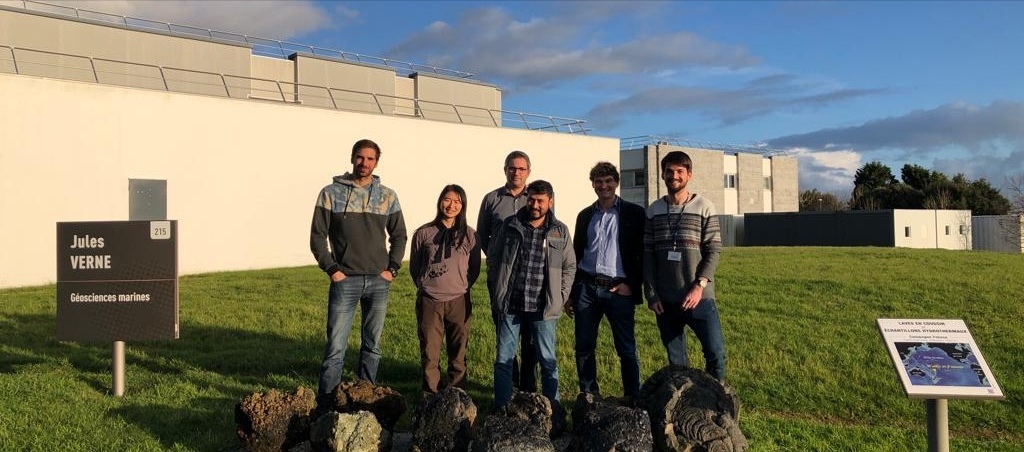
Ting-Wei's secondments @NGI and IFREMER (second term)
TING-WEI WU (ESR7) | @ NGI Oslo, Norway (August 2019); IFREMER BREST, FRANCE (November-December 2019)

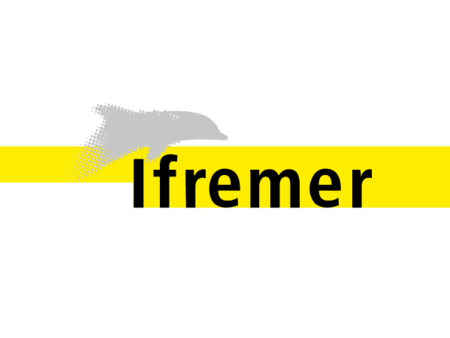 In August 2019, I went back to NGI the second time to complete my triaxial test series on Ottawa Sand to study about seismic strengthening. I used a machine called the Advanced Dynamic Triaxial Testing System (DYNTTS) from the GDS company. The goal was to quantify the increase of undrained shear strength caused by reconsolidation after earthquake events without failure. First, I simulated small earthquakes by undrained cyclic loading. Then, I drained the excess pore pressure, and conducted monotonic loading tests to determine the undrained shear strength (also known as “static triaxial compression test”).
As I got more skilled and experienced, these tests went exceptionally well. I discovered that the change of undrained shear strength due to earthquakes’ impact is highly complex, and is probably affected by the non-homogeneity induced by seismic shaking on the sample. Besides completing my monotonic strengthening series, I even opened up another paper topic about cyclic strengthening – that is to say, to determine the decrease of re-liquefaction potential of a specimen that had been subjected to prior seismic shaking without failure. These tests were done by undrained cyclic loading (also known as “dynamic triaxial tests”).
Thanks to SLATE that provided me with the network, I could also link this study with a collaboration with IFREMER. I went back to IFREMER for the second time (November and December 2019) to compare my NGI cyclic shear strength measurements with further test series using a IFREMER machine. The machine at IFREMER is called the Enterprise Level Dynamic Triaxial Testing System (ELDYN) also from the GDS company. It is different from the machine in NGI in terms of the sample dimension, cell pressure controller, and the absence of adaptive stiffness estimate of the cyclic loading term. Repetition tests with these two machines turned out to be very difficult, despite the fact the I was the same operator and used the same sample preparation method. After a lot of efforts, I eventually conducted comparable results with two different machines with a new proposed calculation method of cyclic shear stress ratio (CSR). I also conducted additional grain size measurements and microscope imaging to investigate if the material's frictional properties and shear strength may change a lot by grain abrasion.
Before the end of my IFREMER term, I finished writing my first paper about triaxial tests (Effect of Seismic Shaking on the Monotonic Shear Strength of Sand Without Prior Failure) to Soils Dynamics and Earthquake Engineering, and another paper about considerations of using triaxial tests to assess re-liquefaction potential of sand will come soon in the future.
My research on Ottawa Sand would not have been possible without the technical support and suggestions of improvement from many engineers, in particular from Yusuke Suzuki and Brian Carlton at NGI, and Nabil Sultan and Sebastien Garziglia at IFREMER. I also thank Carl Harbitz and Antonio Cattaneo for organizing my stays at these institutes.
For me, the secondments were absolutely very enjoyable in both places. I not only learned many technics but also received welcoming support from many people (both physically and mentally). Finally, it was a surprise that many SLATE students were at IFREMER at the same period! Thanks to Shray, Tugdual and Maarten, I had the chance to drink from a porró (Spanish glass wine pitcher) but poured some Sangria into my nose! It was a failure, but smelled good. Likewise, I met many troubles during my experiments and had to change my plans because of technical difficulties. But I believe that all these hard works will eventually pay off in the future. Thank you all for being there for me on my way of transformation from a geophysicist into a geotechnical engineer!
Locations
In August 2019, I went back to NGI the second time to complete my triaxial test series on Ottawa Sand to study about seismic strengthening. I used a machine called the Advanced Dynamic Triaxial Testing System (DYNTTS) from the GDS company. The goal was to quantify the increase of undrained shear strength caused by reconsolidation after earthquake events without failure. First, I simulated small earthquakes by undrained cyclic loading. Then, I drained the excess pore pressure, and conducted monotonic loading tests to determine the undrained shear strength (also known as “static triaxial compression test”).
As I got more skilled and experienced, these tests went exceptionally well. I discovered that the change of undrained shear strength due to earthquakes’ impact is highly complex, and is probably affected by the non-homogeneity induced by seismic shaking on the sample. Besides completing my monotonic strengthening series, I even opened up another paper topic about cyclic strengthening – that is to say, to determine the decrease of re-liquefaction potential of a specimen that had been subjected to prior seismic shaking without failure. These tests were done by undrained cyclic loading (also known as “dynamic triaxial tests”).
Thanks to SLATE that provided me with the network, I could also link this study with a collaboration with IFREMER. I went back to IFREMER for the second time (November and December 2019) to compare my NGI cyclic shear strength measurements with further test series using a IFREMER machine. The machine at IFREMER is called the Enterprise Level Dynamic Triaxial Testing System (ELDYN) also from the GDS company. It is different from the machine in NGI in terms of the sample dimension, cell pressure controller, and the absence of adaptive stiffness estimate of the cyclic loading term. Repetition tests with these two machines turned out to be very difficult, despite the fact the I was the same operator and used the same sample preparation method. After a lot of efforts, I eventually conducted comparable results with two different machines with a new proposed calculation method of cyclic shear stress ratio (CSR). I also conducted additional grain size measurements and microscope imaging to investigate if the material's frictional properties and shear strength may change a lot by grain abrasion.
Before the end of my IFREMER term, I finished writing my first paper about triaxial tests (Effect of Seismic Shaking on the Monotonic Shear Strength of Sand Without Prior Failure) to Soils Dynamics and Earthquake Engineering, and another paper about considerations of using triaxial tests to assess re-liquefaction potential of sand will come soon in the future.
My research on Ottawa Sand would not have been possible without the technical support and suggestions of improvement from many engineers, in particular from Yusuke Suzuki and Brian Carlton at NGI, and Nabil Sultan and Sebastien Garziglia at IFREMER. I also thank Carl Harbitz and Antonio Cattaneo for organizing my stays at these institutes.
For me, the secondments were absolutely very enjoyable in both places. I not only learned many technics but also received welcoming support from many people (both physically and mentally). Finally, it was a surprise that many SLATE students were at IFREMER at the same period! Thanks to Shray, Tugdual and Maarten, I had the chance to drink from a porró (Spanish glass wine pitcher) but poured some Sangria into my nose! It was a failure, but smelled good. Likewise, I met many troubles during my experiments and had to change my plans because of technical difficulties. But I believe that all these hard works will eventually pay off in the future. Thank you all for being there for me on my way of transformation from a geophysicist into a geotechnical engineer!
Locations
- Norwegian Geotechnical Institute, Oslo, Norway
- Ifremer , Center of Brest/Plouzané, France
- Carl Harbitz
- Antonio Cattaneo
- Yusuke Suzuki
- Brian Carlton
- Nabil Sultan
- Sebastien Garziglia
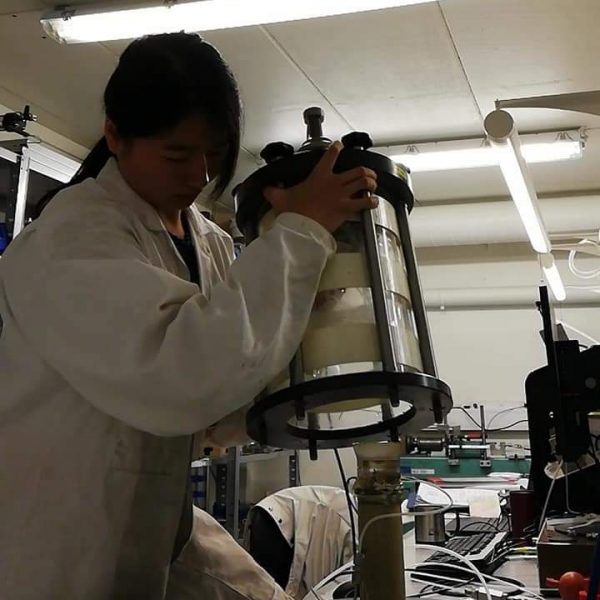
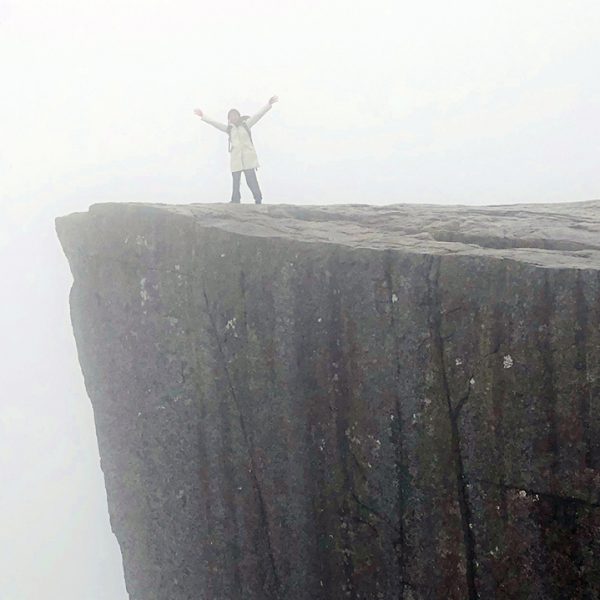
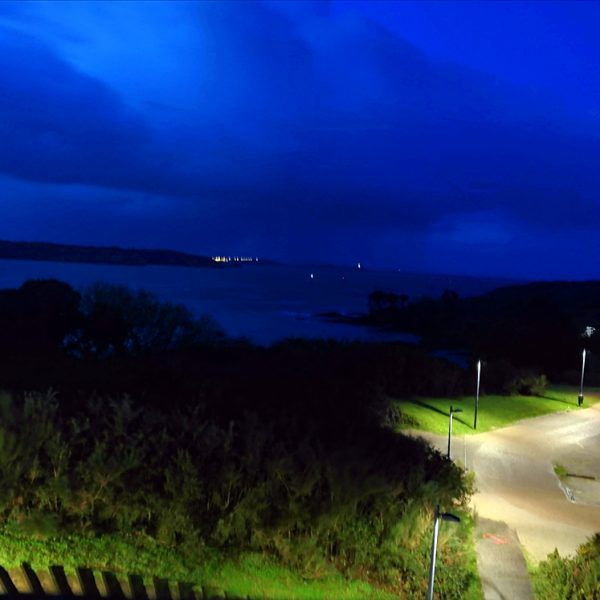
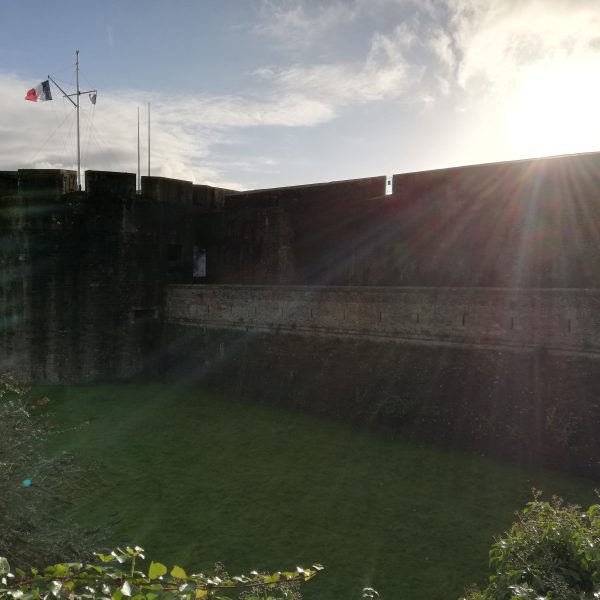
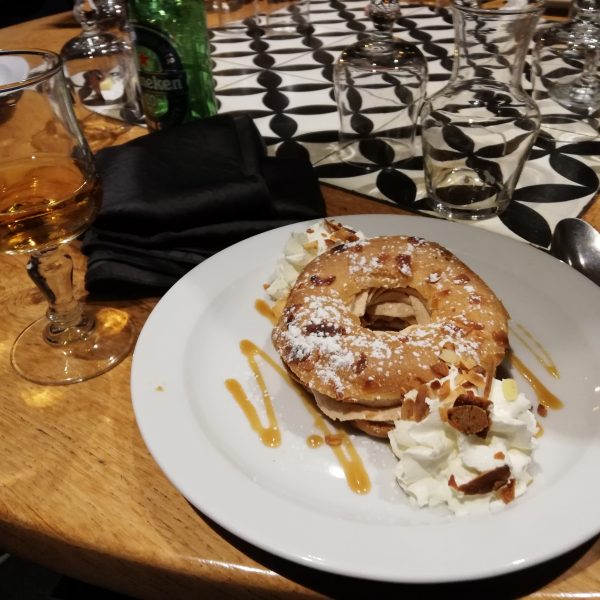
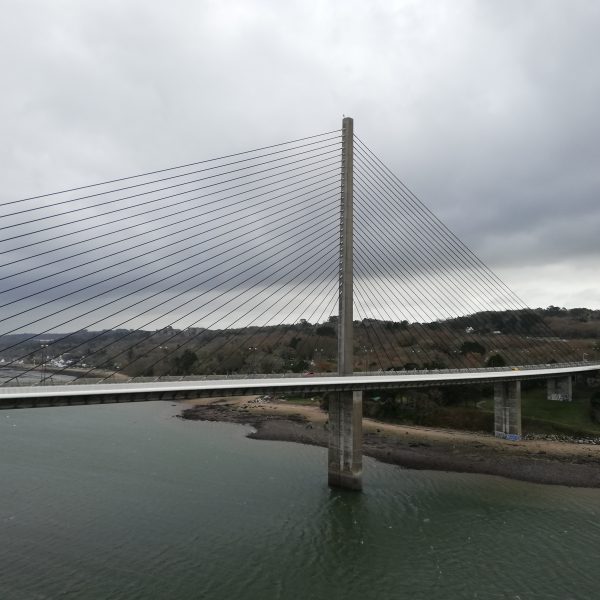
"921 (Chi-Chi) Earthquake" 20th anniversary special topic
Ting-Wei WU (ESR7)
The "921 Earthquake" has its 20th anniversary this year (2019). The 921 Earthquake, also known as Jiji (Chi-Chi) Earthquake, was a 7.3 ML or 7.6–7.7 Mw earthquake which occurred in Jiji, Nantou County, Taiwan on Tuesday, 21 September 1999 at 01:47:12 local time, killing 2415 people. Artist “不會冷”, who was also my classmate in the Department of Earth Sciences, National Central University, Taiwan, made a video review on how the pain of this event has turned into the energy of Taiwan's progress and advancement in the past 20 years. I have obtained the author’s consent to translate part of his video to be presented in this post. https://www.youtube.com/watch?v=_2M_f4qBNJ8&feature=youtu.be&fbclid=IwAR1_lURBeH7Wi0qoBpjXVObXj8IKqzp5KyhY5KIzJpwomVPSd6Q83V_E7y4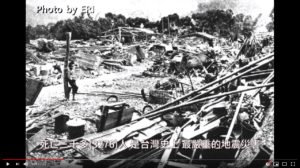

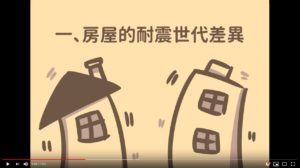
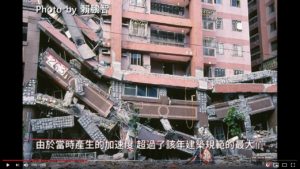
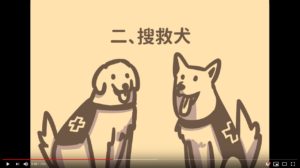


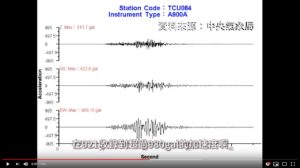


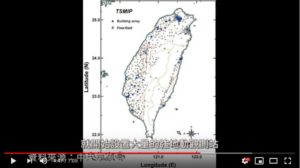

- Jiji (Chi-Chi) Township, Nantou County, Taiwan
@ Vienna, Austria (07 – 12 April 2019) | 2019-07-23
A GUIDE AROUND EGU 2019
ESR1, ESR 2, ESR 3, ESR 4, ESR 5, ESR 6, ESR 7, ESR 8, ESR 9, ESR 12, ESR 13, ESR 14, ESR15 | @ VIENNA, AUSTRIA (7-12 April 2019)
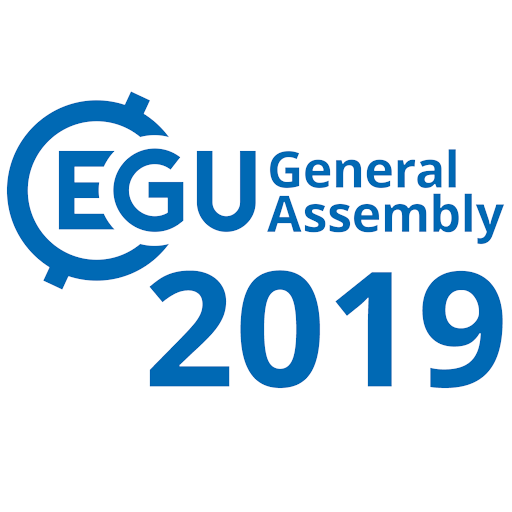
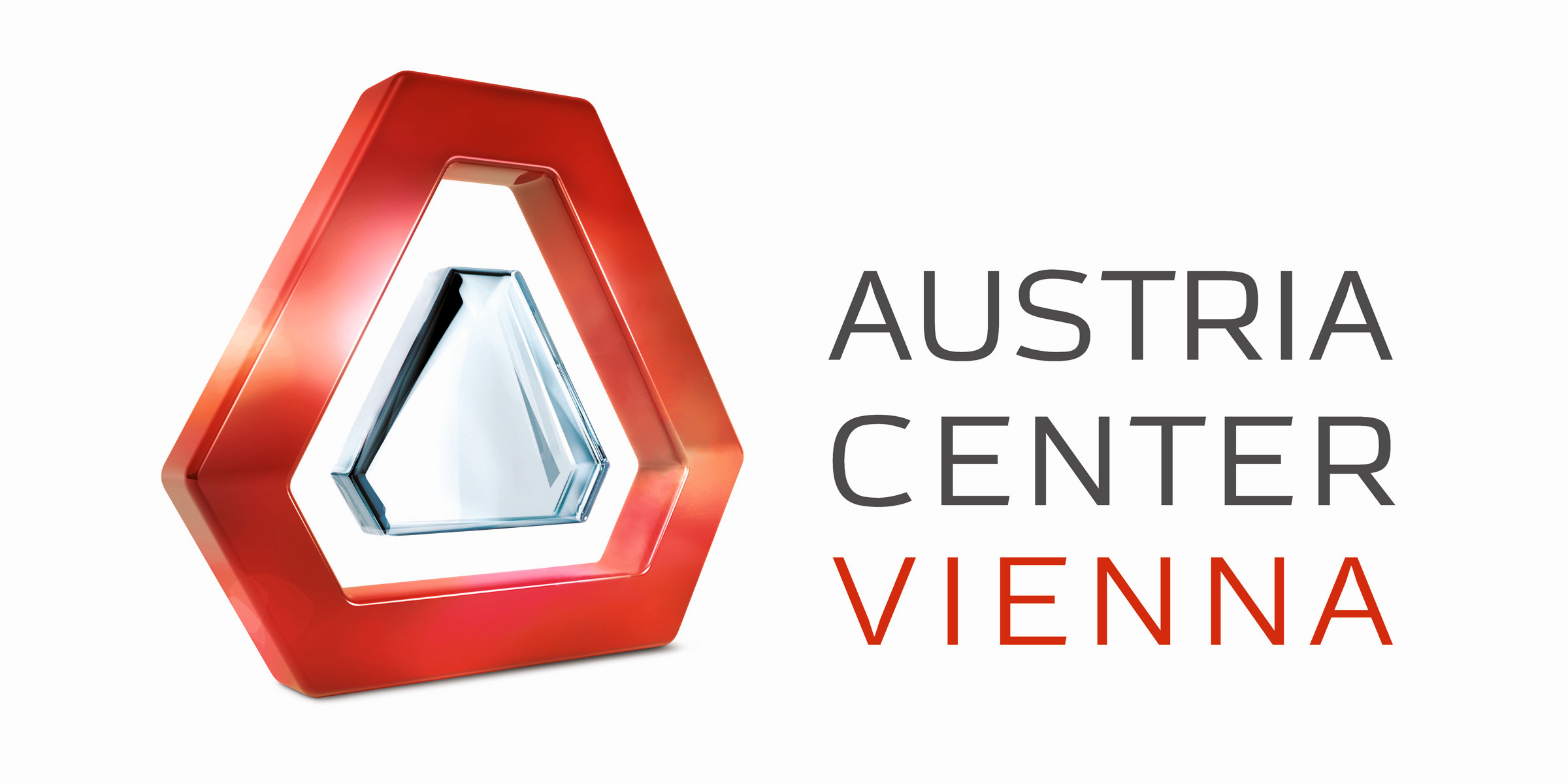
“The EGU General Assembly 2019 was a great success with 5,531 oral, 9,432 poster, and 1,287 PICO presentations that were attended by 16,273 scientists from 113 countries” (Copernicus Meetings, 2019).
SLATE was well represented with 12 PhD candidates, PIs (Achim Kopf, Michael Clare, Carl Harbitz, Finn Lovholt, Michael Strasser) and Aggeliki Georgiopoulou from the advisory board presenting their work.
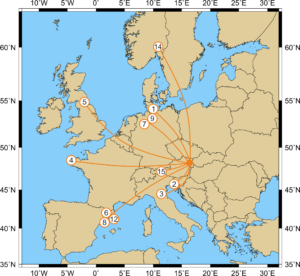
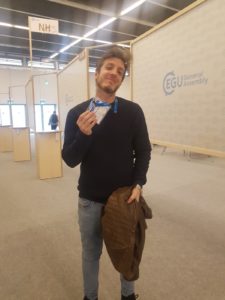 Presenting our work
Presenting our work
Rachel, Jonathan, Tugdual, Shray, Kate, William and Matthias drew crowds of people into the lecture rooms with their amazing presentations. They spoke on a variety of topics; covering different aspects of turbidites and their evolution, contourites and submarine landslides.
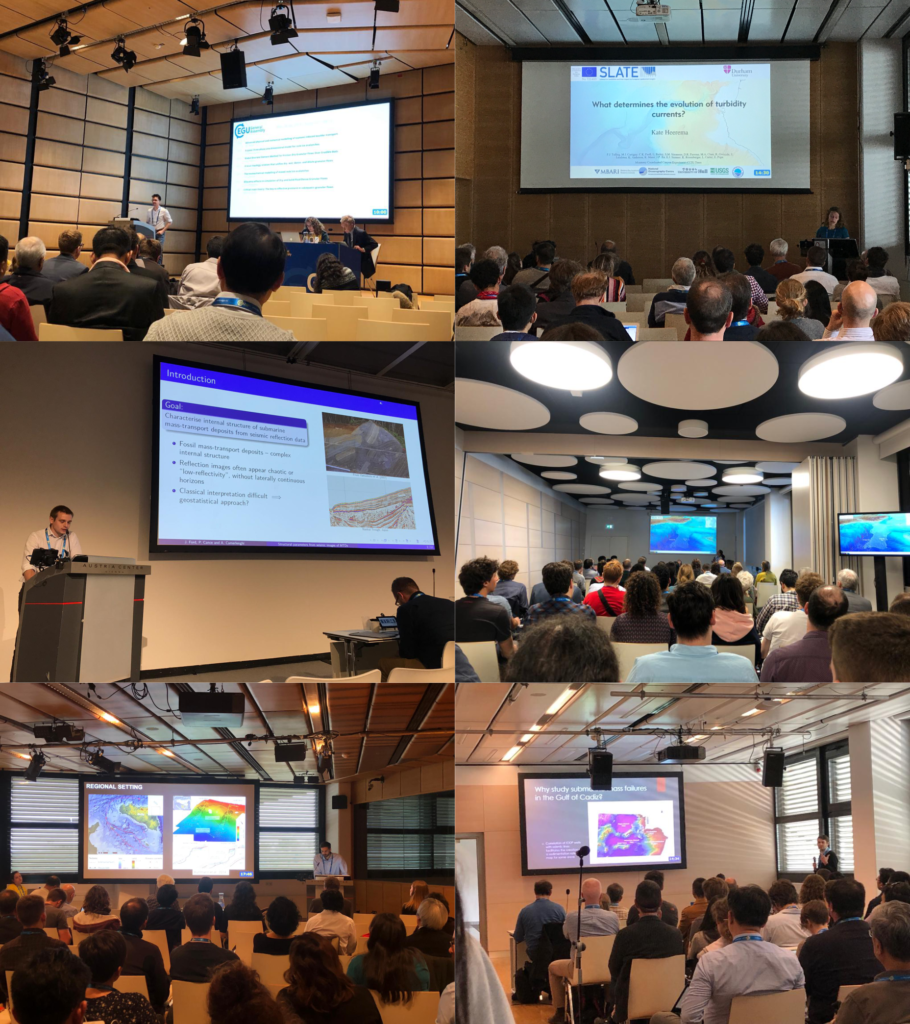 “I was very happy to be able to present my work at this conference, as it gives an occasion to present our work in front of a wide audience with very diverse backgrounds. I came out with very good feedback and advice for my work.” (Tugdual Gauchery, ESR 3)
“I was very happy to be able to present my work at this conference, as it gives an occasion to present our work in front of a wide audience with very diverse backgrounds. I came out with very good feedback and advice for my work.” (Tugdual Gauchery, ESR 3)
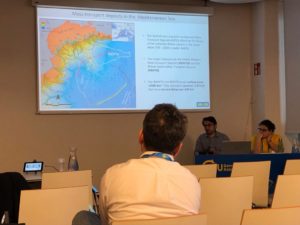
„It was my first time at the EGU and it was overwhelmingly large. I had the opportunity to talk to several researchers after my talk – it is always good to get feedback on both the positive and negative parts of ones research.” (Shray Badhani, ESR 4)
Davide, Ting-Wei, Stefano, Ricarda and Maddalena presented their work in the poster sessions and attracted a lot of people.
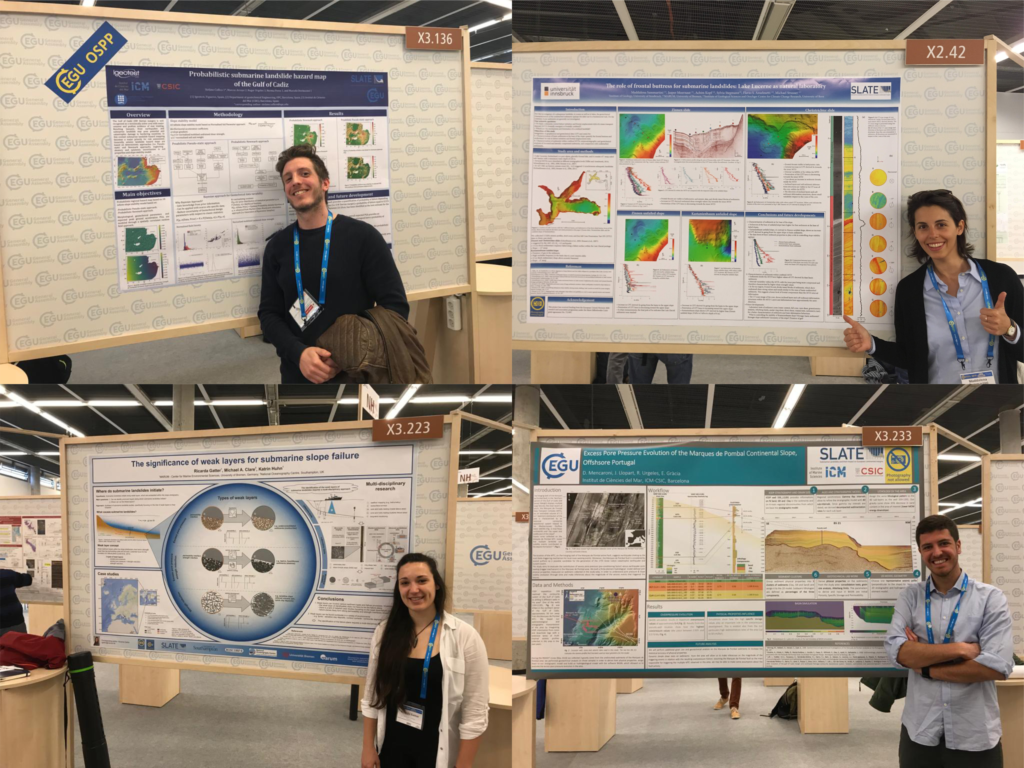
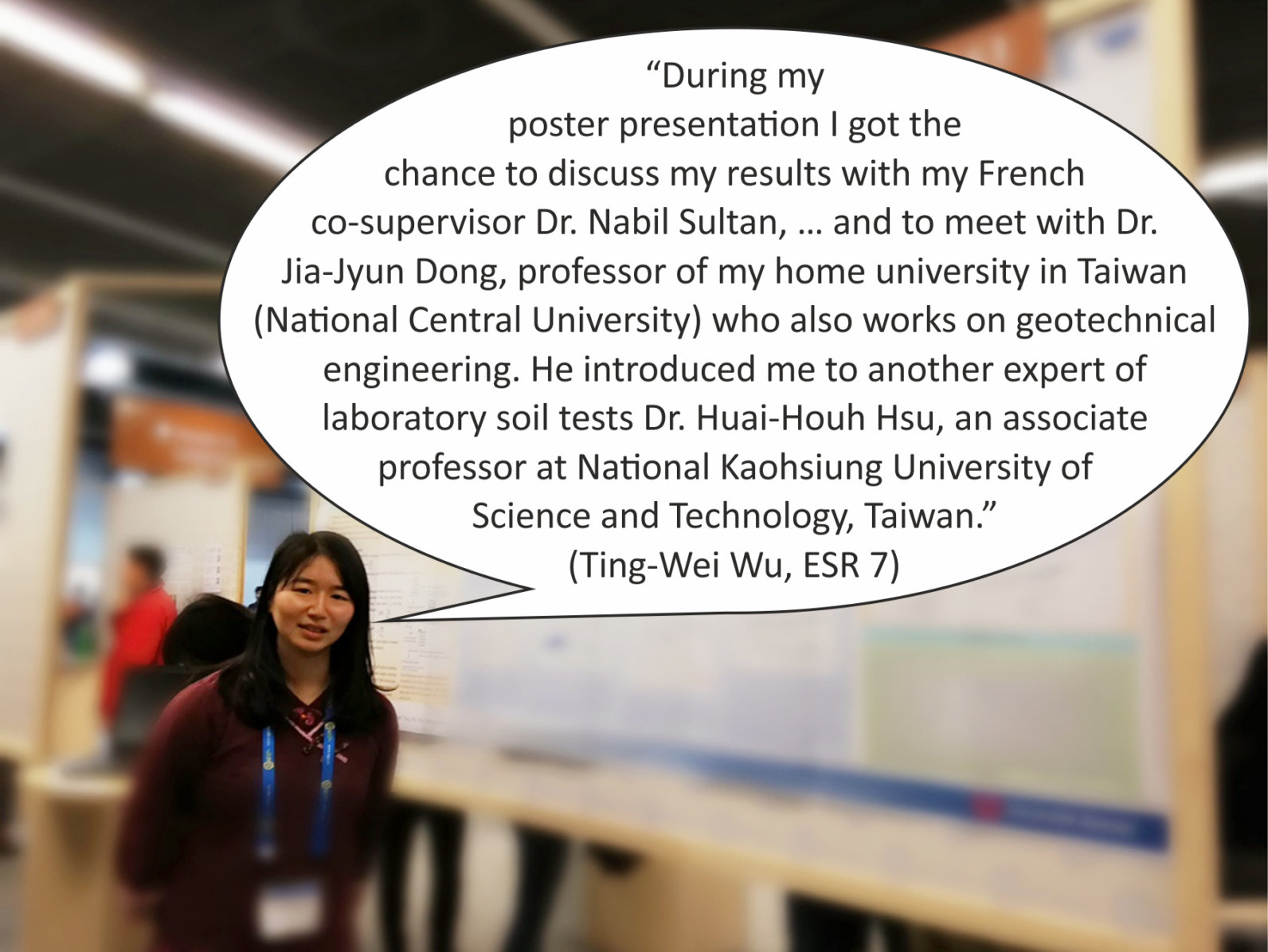
“Presenting a poster at a conference like EGU is a great learning opportunity for any early career scientist. On one hand, I had the chance to discuss my research with people working in the same research field and to meet scientists I had only known from reading their papers. What surprised me the most, however, were the questions I got from scientists specialized in completely different fields, looking at my project from a prospective I do not usually consider. People who were just randomly walking around posters asked me the most challenging questions, highlighting issues that I never considered before, but that helped me to have a more complete understanding of what I am studying.” (Davide Mencaroni, ESR 6)
And learning new thingsApart from presenting our own work, we took the opportunity to learn more about work from outside our own fields. Alongside the traditional poster and oral presentations, EGU also hosts so called “PICO” presentations (Presenting Interative COntent) and short courses on more general topics in science.
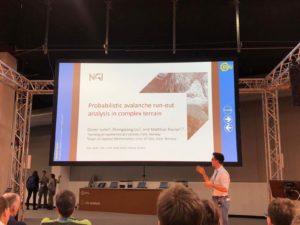
“One thing that I really enjoyed about EGU were the PICO sessions. PICOs start with quick-fire two minute presentations from each researcher to briefly introduce their topic and state their main conclusions. After, everyone moves across to the interactive area, where each presenter has their own workstation and large screen. This really facilitates discussion and allows for more flexibility that a standard poster or talk. For me, the PICO sessions are a great way to be introduced to an unfamiliar area, because the results are presented up front and you get to see a rapid cross section of the state-of-the-art in a particular field.” (Jonathan Ford, ESR 2)
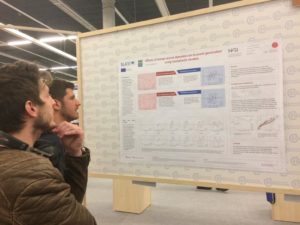
“It was a great opportunity to get some insights from overlapping, but vastly different, fields. For instance to see what the current state of research in Powder Snow Avalanches is, or to get some background knowledge on numerical modelling in turbidity currents as preparation for my secondment at NGI.” (Kate Heerema, ESR 5)
“One of the most exciting sessions I attended was on the recent tsunami events in Sulawesi and West Java (Krakatao), Indonesia (Blog). Although most of the group seemed to agree that these tsunami events were, in fact, submarine landslide-related, there was some surprisingly lively pushback from at least one seasoned researcher. I think the overall tsunami community seems to be experiencing a small paradigm shift in how they think about tsunami hazards. I also enjoyed stopping by different poster sessions related to tsunami hazards and had some great networking conversations with a group of researchers from Singapore about their work and how it relates to some tsunami survey work that I previously did as a master’s student” (William Meservy, ESR 12)
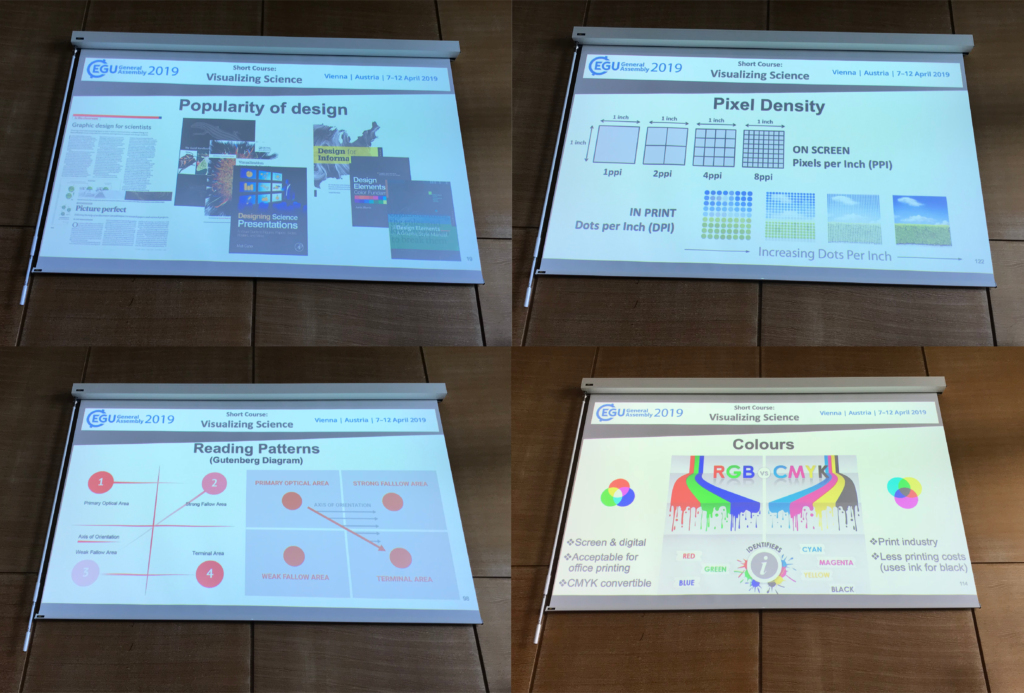
“I went to three courses, of which I especially liked the “Visualizing Science” course. I think we often forget how important it is to present our research to other scientists, as well as to the general public.” (Ricarda Gatter, ESR 9)
“The quantity and variety of soft skill courses available at the EGU undoubtedly adds value to the conference. I attended a course about communicating science with the general public and enjoyed hearing different perspectives about what effective communication looks like, and how that can take different forms. One point that stood out was the value of knowing when it is worthwhile to get the assistance of people who are trained in communication, such as journalists, to communicate significant results.” (Rachel Barrett, ESR 1)
Need help to find your way around? - use the EGU AppFinding your way around a big conference such as EGU can be difficult. Luckily, there was an app available in which you could find all the contributions and put together your personal programme. In addition, we kept everybody up to date with our own contributions via Twitter.
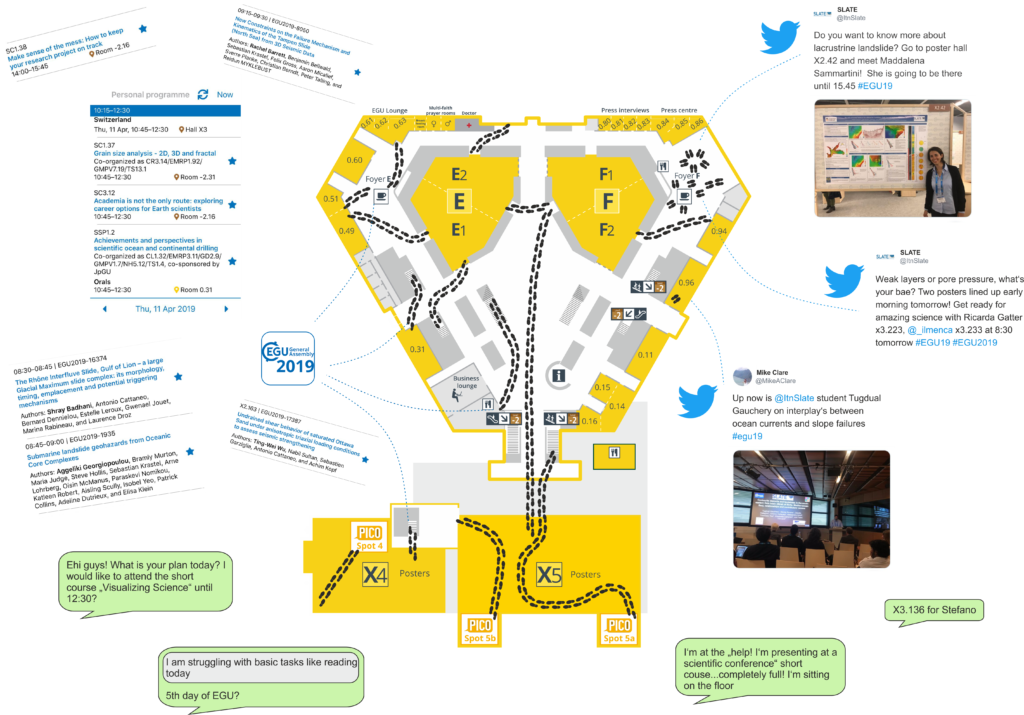
“I knew that EGU is the most important Geoscience conference in Europe, but I didn’t expect something like this. It was difficult not to be impressed by the amount of different topics and talks, but above all, I was struck by the hundreds of posters that everyday are hanging in these huge rooms.” (Maddalena Sammartini, ESR 15)
To sum it up“I was honestly impressed by the EGU conference. It was the perfect environment to discuss a wide range of research topics and learn about other researchers’ PhD experiences.” (Stefano Collico, ESR 8)
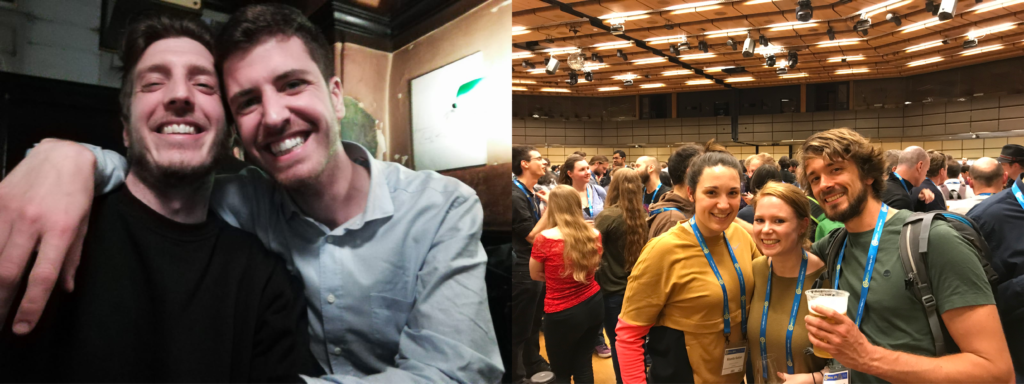
“It is such a great international experience. I even met my friends from my home university in India. I am already looking forward to EGU2020.” (Shray Badhani, ESR 4)
“One of the highlights of the experience for me was that I was lucky enough to be able to bring my wife and kids along to explore Vienna. In the evenings, we were able to walk in the city together and eat a lot of goulash and Viennese chocolate cake” (William Meservy, ESR 12)
“EGU is an essential event for every geoscientist working Europe. It is the perfect opportunity to meet new people with common interests, present the latest progress of your work, get valuable feedback and to foster old friendships” (Matthias Rauter, ESR 14)
EGU - Let's meet again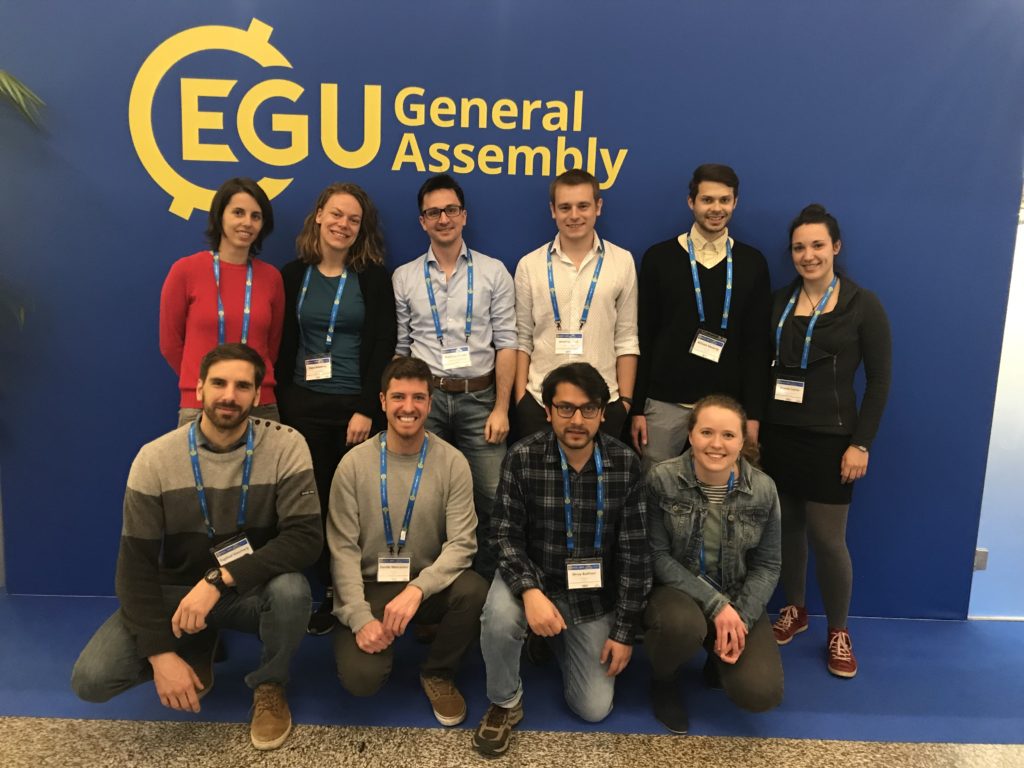 Location
Location
- Vienna, Austria
 Conference Schedule
SLATE participants
ESRs:
Conference Schedule
SLATE participants
ESRs:
- R. Barrett, ESR1 [Talk]
- J. Ford, ESR2 [Talk]
- T. Gauchery, ESR3 [Talk]
- S. Badhani, ESR4 [Talk]
- K. Heerema, ESR5 [Talk]
- D. Mencaroni, ESR6 [Poster]
- T-W Wu, ESR7 [Poster]
- S. Collico, ESR8 [Poster]
- R. Gatter, ESR9 [Poster]
- W. Meservy [Talk]
- T. Zengaffinen, ESR13 [Poster]
- M. Rauter, ESR14 [Talk]
- M. Sammartini, ESR15 [Poster]
- A. Kopf, PI of ESR7 [Poster]
- M. Clare, PI of ESR10 [PICO]
- C. Harbitz, PI of ESR13
- F. Løvholt, PI of ESR14 [Poster]
- F. Løvholt, PI of ESR14 [Convener]
- M. Strasser, PI of ESR15
- A. Georgiopoulou, Advisory Board [Talk]
@ NGI, Oslo, Norway | 2019-07-10
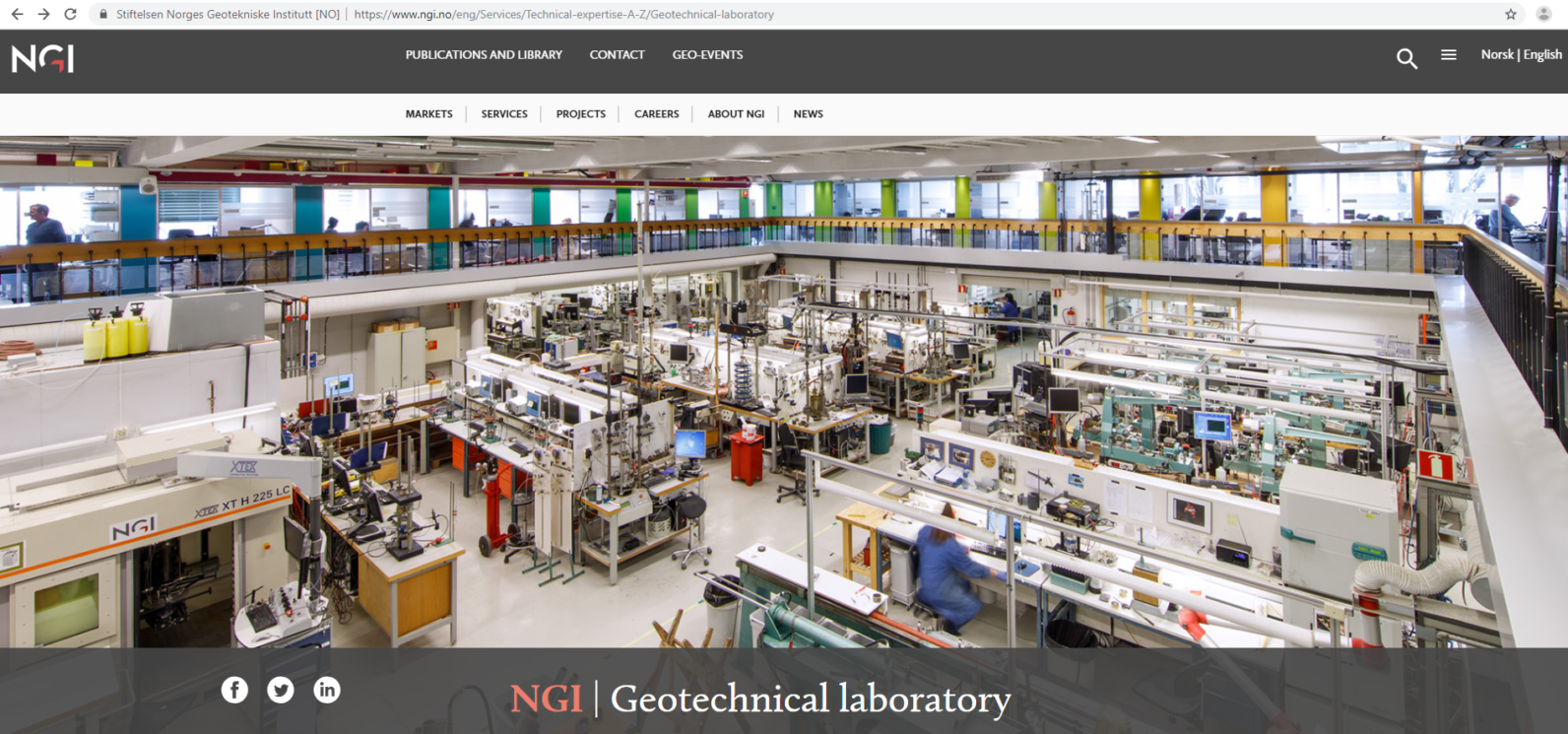
Report of Ting-Wei's 2nd secondment @NGI
TING-WEI WU (ESR7) | @ NGI, OSLO, Norway (MAY-JUNE 2019)

Thanks to SLATE that provided financial support to make this stay possible, I could have a very nice working and learning experience in the Norwegian Geotechnical Institute (NGI) in May and June, 2019. In its world-famous geotechnical laboratory, I continued doing my seismic strengthening study on Ottawa Sand with an advanced triaxial apparatus.
I would like to thank Carl Harbitz for introducing me into the NGI community where I not only enjoyed work but also got the chance to join many activities. NGI has a very active and vigorous working environment and I received a lot of support from numerous people, in particular from Yusuke Suzuki who assisted me in changing the load cell and the top cap, demonstrated how to measure the shear modulus using bender elements, and created an adaptive control function to estimate the specimen’s stiffness during dynamic loadings to improve data quality. In spite of his own lab duties and tight schedule before the summer holidays, he spent a lot of extra time with me to solve problems and discuss techniques and theories every day. I am very grateful to his great expertise and supervision which made my stay successful. Helge Rolandsgard kindly showed me for the first time how to prepare a sample with NGI's moist tamping technique, which was very impressively precise in controlling the height of the reconstituted specimen. I would also like to thank Thomas Vestgården who helped me with the determination of minimum and maximum dry unit weights of my Ottawa Sand samples using NGI's in-house dry deposition and vibration methods.
I conducted 26 triaxial tests in these two months and gave two presentations in June. I really appreciated the presence of many attendees who gave me knowledge input and suggestions to improve the testing procedure, especially from Amir Kaynia and Brian Carlton. In the geotechnical laboratory, I received a lot of advice from numerous experts, and also got the chance to learn from people who did different kinds of tests. As I was not an engineering student before, it was very interesting to know the perspectives from those hard-core civil engineers. Many thanks to the lab people (Santiago, James, Yubin, Monica, Tariq, Pasquale, Jenny...) who kindly demonstrated their testing procedures to me!
Aside from the NGI work, I really enjoyed my leisure life because it was my first time to go to Norway and I was very impressed by the splendid Norwegian culture. May and June were a very good timing to visit Norway because it was (mostly) warm and bright, and I also got the chance to celebrate Norway's national holiday on May 17th watching the spectacular parades with people wearing their nicest traditional suits. On one weekend I visited the western coast of Norway and completed one of the items on my bucket list to sail inside the fjords of Norway. Such a touching moment to see the fjords which existed only in my geology textbooks coming to life in front of my eyes! Besides, I joined many Norwegian courses in NGI (Takk! Helene, Steven og Sarah) and hanged out many times at lunch and on the weekends with friends (Cungang, Margarita, Victoria, and of course Mattias, Kate…). My impression and memory of Norway during this stay was priceless.
To conclude, it was a very nice visit for me to spend two months in NGI. Last but not least, I would like to thank Morten Sjursen for providing the lab facilities to use. I conducted this two-months work at the Schmertmann Research Laboratory (SRL) in NGI with advanced equipment to focus on research-oriented projects. In return to my free-use of the facilities and the training and advising I received, it will be my pleasure to wrap up the results and make a publication in the near future to gain visualization of this work and this laboratory to the scientific society.
Location- Norwegian Geotechnical Institute (NGI), Oslo, Norway
- Carl Bonnevie Harbitz
- Yusuke Suzuki
- Brian Carlton
- Maarten Vanneste
- Morten Andreas Sjursen
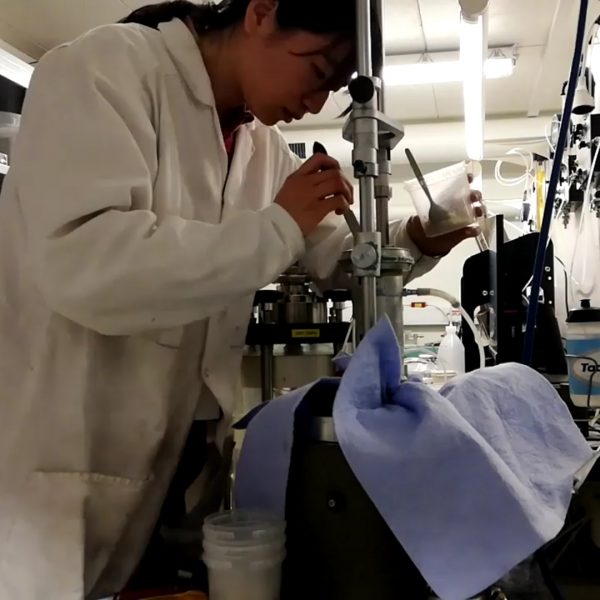
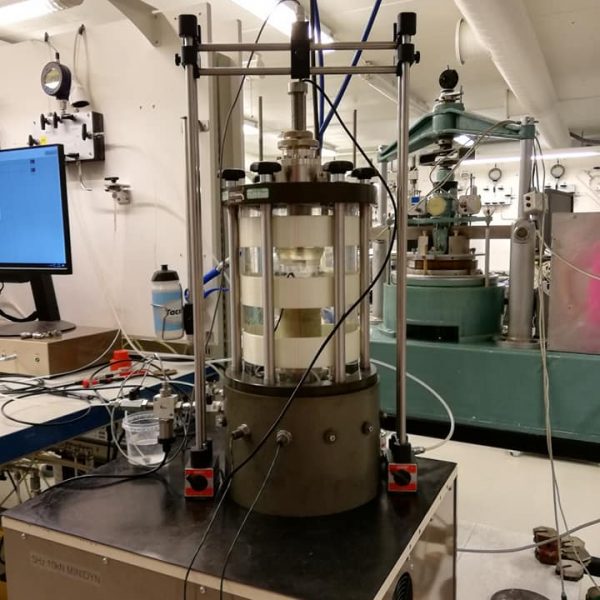
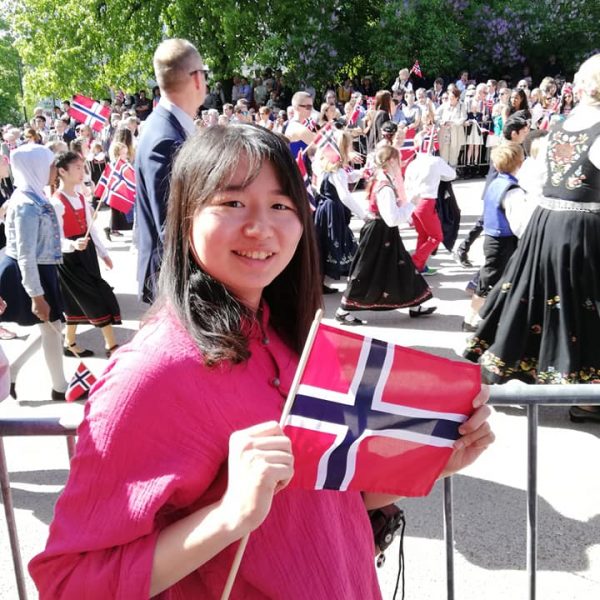
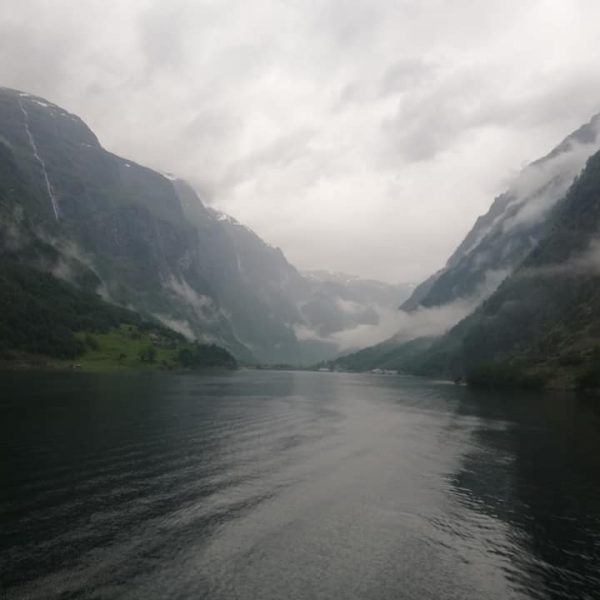
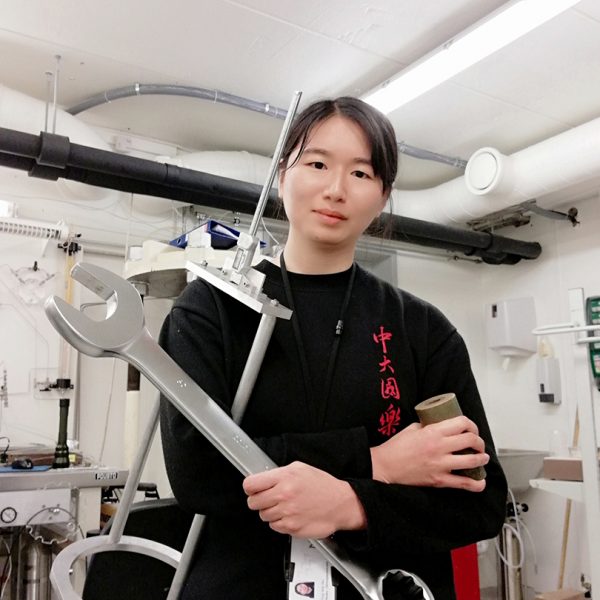
GLOMAR - the bremen international graduate school for marine sciences
Ting-Wei Wu (ESR7), Ricarda Gatter (ESR9), Monika Wiebe (ESR11) | 08 October 2018
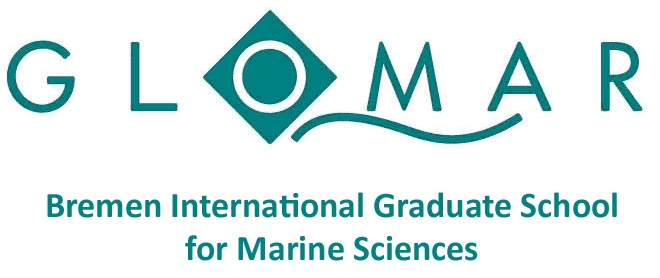
The life of a PhD student can be tough – it means being in this in-between-state of being a student and a researcher. It means having your own research project while still lacking some of the experience, skills and knowledge of advanced researchers. There are many tasks to balance: working on your project, writing scientific papers, presenting your work to smaller and larger audiences, and acquiring all the hard and soft skills in order to accomplish the above. In addition, you start to think about your future career, you may teach and supervise younger students, while coping with stress, deadlines and failures.
In order to help PhD students through this part of their life and support them, the Bremen International Graduate School for Marine Sciences has been founded in 2006. Originally it focused on ‘Global Change in the Marine Realm’ (where the name GLOMAR comes from). However, since 2012 it is open to PhD students from all fields of marine sciences. This does not refer exclusively to natural sciences. GLOMAR also includes students from social sciences or law, as long as their project revolves around the marine realm. This structure helps the students to handle one of today’s major challenges – thinking interdisciplinary and out of their own little boxes.
Generally, GLOMAR can be described as a support network that helps its members to cope with their struggles in different ways, some of which are described in more detail below. Being part of GLOMAR means being part of a large network. It includes fellow PhD students who share similar experiences and challenges, as well as research associates and alumni who know what it takes to complete a PhD successfully. GLOMAR offers the chance to participate in a wide range of courses and seminars that train the students’ hard and soft skills. It also grants access to receive funding for research stays, conferences, or placements in the industry. Apart from these aspects, one should not underestimate the social activities that bring PhD students together, like the GLOMAR barbeque or regular pub evenings. Overall, GLOMAR provides support, encouragement, and training for young researchers in this early stage of their career.
GLOMAR Seminars
One of GLOMAR’s best traits are its monthly seminars. These seminars set out to guide and train PhD students on their road to becoming great scientists with a broad interdisciplinary understanding. PhDs can attend research and year-group seminars that are alternating every month. Research seminars invite students of the same research theme, while year-group seminars separate the students according to the start of their project.
GLOMAR provides scientific support and training in the framework of four research themes: (A) Ocean and Climate, (B) Ocean and Seafloor, (C) Ocean and Life, and (D) Ocean and Society. Upon entering GLOMAR, new PhD students can join the theme which best represents their PhD topic. We – Ting-Wei (ESR 7), Ricarda (ESR 9) and Monika (ESR 11) – joined GLOMAR in 2017 and are part of the research theme ‘Ocean and Seafloor’.
Networking at Conferences (Research Theme B Seminar)
As new members of GLOMAR’s Research Theme B, we (Ting-Wei and Ricarda) gave a short presentation about our academic background and current research. This presentation was a great opportunity for us to introduce our research to a broader scientific community, and practice giving presentations in general. The feedback from the subsequent group discussions also helped us to improve and further develop our research. Although all the PhD students in the Research Theme B Seminar work on the theme ‘Ocean and Seafloor’, this includes a variety of different topics, as well as the application of numerous methods. Therefore, if we are planning to use a new method (e.g., geotechnical experiments to get input data for numerical models), we can find the necessary help and expertise in these seminars.
The following discussion on ‘Networking at Conferences’ was also very beneficial. PhD students who have been to conferences talked about the advantages and disadvantages of large and small conferences, and mentioned upcoming conferences and workshops that could be of interest to us.
How to make a good poster? (Group of 2017 Seminar)
As usual, our seminar started with the announcement of upcoming workshops and courses, and the opportunity for us PhD students to ask questions and discuss problems we are currently facing. This exchange with one another has proven to be very useful, because we all started our projects at around the same time. Therefore, especially regarding administrative issues (e.g., application procedures to be accepted as a PhD student by the University of Bremen), we can often help each other and give advice.
Dr. Martin Lukas, the associate scientist of Group 2017, started the main part of the seminar by giving a short presentation about the rules and recommendations of poster preparation and presentation. He illustrated some rules with examples of ‘good’ and ‘bad’ posters. The most helpful aspect of the seminar was that after hearing about the dos and don’ts, we evaluated and discussed our own posters. PhD students who were planning to go to conferences could present their posters and get feedback on the structure and organisation, and the comprehensibility of the poster.
GLOMAR Courses
GLOMAR also offers a range of different courses in order to provide the PhD students with the necessary knowledge and training.
Courses cover the following topics:
(1) Basic knowledge – these courses aim to provide general and basic knowledge that the students need to successfully advance in their research, such as earth system modelling, stratigraphic methods and age models, or coastal dynamics.
(2) Basic Skills and Methods – next to the basic knowledge, the students also need the right tools to be able to advance in their research. These courses teach basic skills and methods that might be useful for students of different fields, e.g. using R and ArcGIS, or scientific writing.
(3) Transferable Skills – in addition to these basic skills and methods, students have the chance to take courses on more general and universal competences, like leadership and presentation skills, or project and time management. Taking the course ‘Good Scientific Practice’ is a requirement for every PhD student at MARUM, as it is essential in today’s research.
(4) Specific Knowledge – these courses build upon the basic knowledge and go deeper to provide some more detailed and expert knowledge, as experienced by the seven SLATE ESRs who attended the ECORD training course in April 2018.
(5) Public Engagement – this comprises all kinds of courses that aim to train the students in science communication and public outreach, which has become a stronger focus in the last years. This includes using twitter, writing for the public, or making scientific short films.
(6) Overarching Topics – these courses are not related to a specific field, but are relevant to students from all marine fields. Courses include topics such as marine law or policy-making.
Overall, GLOMAR courses offer great opportunities for PhD students. Not only are they providing deeper insights into different research fields, they also promote multi- and trans-disciplinary thinking, which is an important aspect of education.
Good Scientific Practice
GLOMAR offers the course ‘Good Scientific Practice’ once or twice a year. In January, Ting-Wei and Ricarda had the chance to participate. Prof. Dr. Reinhard X. Fischer, the Ombudsperson of natural sciences in the University of Bremen, started the course by presenting a few cases in which people did not conduct good scientific practice. One of the most spectacular ones was the case of J. H. Schön. Evidence of Schön’s misconduct was found in at least 13 of his publications, in which he forged data and experiments. Other examples were the well-known cases of K.-T. zu Guttenberg and A. Schavan, who were both accused of plagiarism in their PhD theses and revoked their doctor titles.
While these are some examples of rather obvious misconduct, there are also many possibilities to commit misconduct unintentionally, as described by Prof. Dr. Dierk Hebbeln and Dr. Christina Klose. Some important aspects to know are as follows:
§ You need the approval of the journal’s publisher, if you want to reuse one of your previously published figures.
§ Reference your own papers the way you reference others.
§ Never ignore outliers in your data just because they do not fit the trend or your expectations.
Apart from this, it is important to talk about authorship as soon as possible. Thing about who made significant contributions to the concept of the study or experiments, the generation, analysis and interpretation of the data, and the preparation of the manuscript. Furthermore, ideas communicated only orally need to be referenced as such.
Graduate Symposium 'Career Paths of Marine and Climate Scientists' 2018
In May 2018, GLOMAR organised a ‘Career Paths Day’ along with other graduate programmes. They invited speakers with different professions outside of academia to talk about their work and career path. Within the world of university research, it is sometimes hard to get an idea of the available jobs. The Career Paths Day, which has been organised every second year since 2014, sets out to change this and to show the wide range of possibilities.
19 speakers talked about their present jobs, and about the paths they took to get there. During the symposium, two talk sessions and two round table sessions were held at the same time. Usually the speakers gave a talk first, and then attended a round table meeting with a smaller group of maximum ten students who had signed up beforehand. These meetings, as well as coffee and lunch breaks, allowed students to meet the speakers personally, and ask all the questions for which there was no time during the talk.
The symposium was very well attended and a great success. It was exciting to hear about the different jobs people with the same educational background are carrying out, and about the possibilities outside academia. Apart from that, the speakers gave some valuable input into how to finish a PhD successfully and how to develop a career.
Impressions from ESR students “I really love GLOMAR, especially the courses, because they really fill the gaps of my previous knowledge. As a graduate of ‘Marine Physics’, I actually do not have a strong background in geology. Thanks to GLOMAR, I am able to widen my knowledge in different fields, and this facilitates my collaboration with other researchers having different expertise.”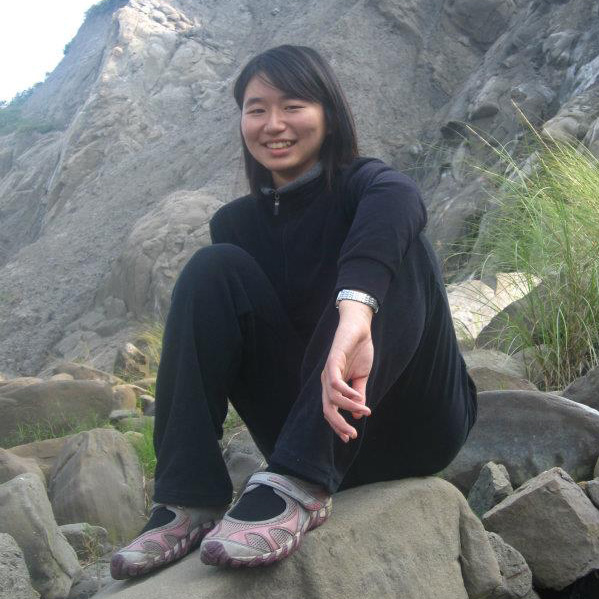 Ting-Wei Wu
ESR 7
“GLOMAR gives us the opportunity to meet people from different disciplines, and learn about their work. I really enjoy our seminars and the GLOMAR courses, which allow me to grow as a scientist. In addition, as a member of MARUM I want to know what research is currently carried out within the institute and how this research might relate to my own project. Meeting other PhD students from the University of Bremen at GLOMAR workshops and meetings enables me to have useful scientific discussions and to refine the direction of my own research.”
Ting-Wei Wu
ESR 7
“GLOMAR gives us the opportunity to meet people from different disciplines, and learn about their work. I really enjoy our seminars and the GLOMAR courses, which allow me to grow as a scientist. In addition, as a member of MARUM I want to know what research is currently carried out within the institute and how this research might relate to my own project. Meeting other PhD students from the University of Bremen at GLOMAR workshops and meetings enables me to have useful scientific discussions and to refine the direction of my own research.”
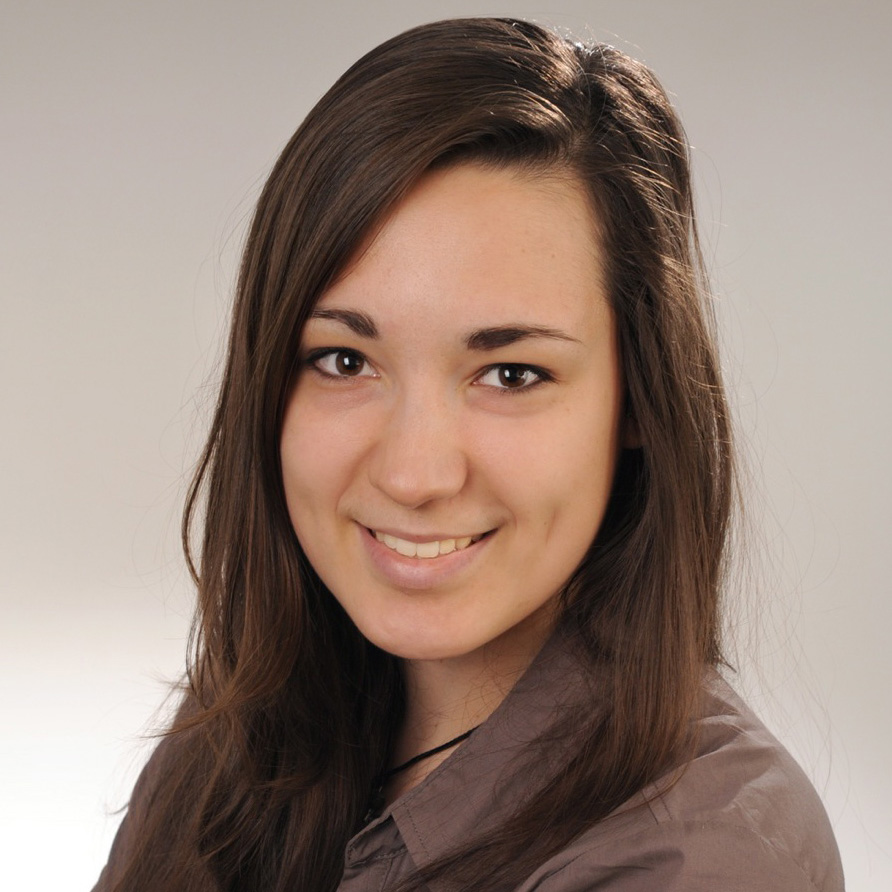 Ricarda Gatter
ESR 9
“At first I was not sure what else GLOMAR could offer us, as we are already part of a structured training network, SLATE. Many of the key features, like thesis committee meetings, hard and soft skill courses, and research funding are also key features of SLATE. But while SLATE is a more global network of people working interdisciplinary on the same research topic, GLOMAR offers a more local network of people from a wider range of research disciplines and fields. I especially enjoy the GLOMAR seminars, which are a good way to discuss different topics in small groups in a short time frame, and to get direct support from the other students and research associates.”
Ricarda Gatter
ESR 9
“At first I was not sure what else GLOMAR could offer us, as we are already part of a structured training network, SLATE. Many of the key features, like thesis committee meetings, hard and soft skill courses, and research funding are also key features of SLATE. But while SLATE is a more global network of people working interdisciplinary on the same research topic, GLOMAR offers a more local network of people from a wider range of research disciplines and fields. I especially enjoy the GLOMAR seminars, which are a good way to discuss different topics in small groups in a short time frame, and to get direct support from the other students and research associates.”
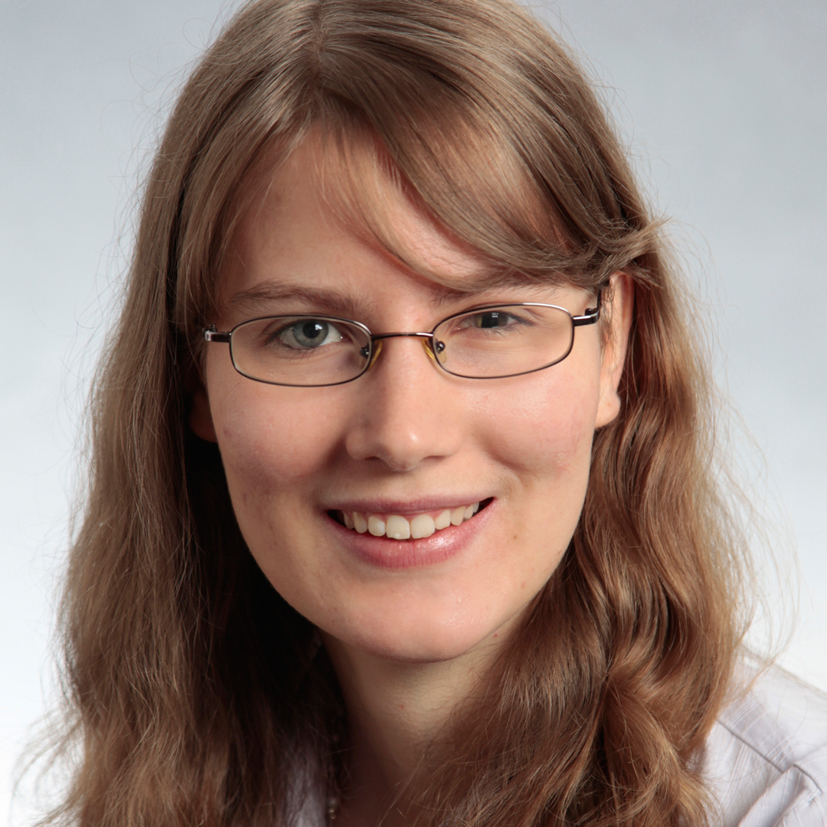 Monika Wiebe
ESR 11
Where?
Links
Monika Wiebe
ESR 11
Where?
Links

